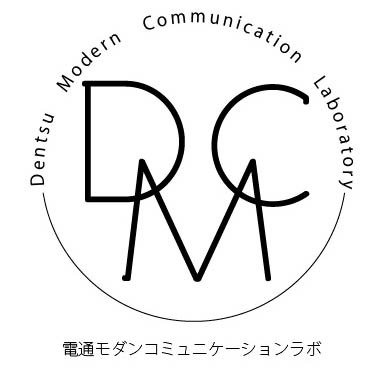This time, let's focus on the book 'Will Media Be Profitable in Five Years?' (by Norihiko Sasaki, published by Toyo Keizai Inc.).
As you may know, Norihiko Sasaki is the Editor-in-Chief of Toyo Keizai Online. Born in 1979, he's a new hero still in his mid-thirties.
While this book primarily discusses the print media industry—newspapers and magazines—its insights likely apply to television and the advertising industry as well.
All these changes stem from the arrival of the "New Media World."
The New Media World is one where the lead role shifts from print to digital.
However, it's not simply a matter of print reading material moving to the web.
According to this book, "We now start with digital and build all strategies around it—print, advertising, events—and even deploy the company's top talent to digital departments."
The book categorizes media monetization models into eight distinct types.
These are: "① Advertising, ② Paid Subscriptions, ③ Events, ④ Games, ⑤ Merchandise Sales, ⑥ Data Sales, ⑦ Education, and ⑧ Marketing Support."
Currently, the main revenue pillars are "advertising" and "paid subscriptions." However, the book argues that high dependence on advertising poses a risk from the perspective of revenue stability and strengthening journalism.
Therefore, the argument is that in the new digital media landscape, paid subscriptions should be the primary revenue focus.
The specific methodology proposed is "freemium." The hint lies in the business models of successful internet companies.
Take Dwango's NicoNico Douga, for example.
This platform generates page views through free viewing while its main revenue pillar comes from premium members. Premium members receive benefits like priority access during peak times and the ability to speak with performers via phone.
The recipe site Cookpad is another successful freemium model. Premium members can use popularity-based search and instantly access hall-of-fame recipes.
This book argues that media companies can learn a great deal from these examples and provides further illustrations.
"Offer a special layout free of ads and page breaks"
"Prioritize inviting members to free events or offer discounts on paid events"
"Allow users to send questions to their favorite writers"
"Add personalized features to read articles tailored to your interests"
"Access a company search service covering businesses worldwide"
And so on—mobilizing every conceivable option and combining them with content to recruit paid members.
Shifting to paid subscriptions means breaking away from the PV-obsessed mindset that arose from relying solely on ad revenue.
So what should be done about advertising?
This book states clearly: "Make advertising interesting. That's all there is to it."
This aligns with one of this year's buzzwords: content marketing.
Things that can be replaced digitally will see their prices fall endlessly. However, things that are interesting, creative, or cannot be quantified by numbers do not fall into cutthroat competition. Therefore, we should focus all our efforts on enhancing the ability to create interesting ads that advertisers will want to pay for. What will save online advertising from commoditization is not technology, but human creativity.
In the online world, while the number of media outlets becomes infinite, the number of advertising companies remains constant. Consequently, the relative value of media declines, while the power of advertising companies increases.
Furthermore, as this book also notes, advertisers will increasingly hire journalists to create original content and collect reader data for targeting. Advertisers' power will grow on both the business and content fronts.
Consequently, the book states that "advertising professionals on the media side will be required to possess capabilities and sensibilities far beyond what has been demanded until now."
They must master not just sales skills, but also content planning, ad tech expertise, and integrated sales strategies combining print, events, and more. This ability to span and connect multiple domains overlaps with the skills of an editor. In other words, advertising professionals will increasingly become like editors.
Traditionally, "editing" and "advertising/business" were separate functions within media organizations. However, this perspective makes it clear that these two functions will inevitably converge going forward.
What specific skill sets will be necessary to survive in this new media world?
This book categorizes people in the media industry into four groups: "Print Media Tribe," "Web Media Tribe," "Business Tribe," and "Technology Tribe."
The ideal career path involves excelling within one of these tribes, but this is no easy feat.
Therefore, the key going forward is to understand which tribe your current position belongs to and then differentiate yourself by combining skills from different tribes.
For example,
-
Print Media Tribe + Web Media Tribe = Content Creation Pro: Next-Generation Editor, Next-Generation Writer.
-
Web Media Tribe + Business Tribe = Online Monetization Specialist: Online Producer.
-
Business Tribe + Technology Tribe = Data Professionals: Data Scientists, Digital Marketers.
And so on—a total of 10 patterns are illustrated.
The media business is starting to show a faint glimpse of how it will generate revenue five years from now.
Now, cultivating the people who will make it happen seems to be an urgent priority.




